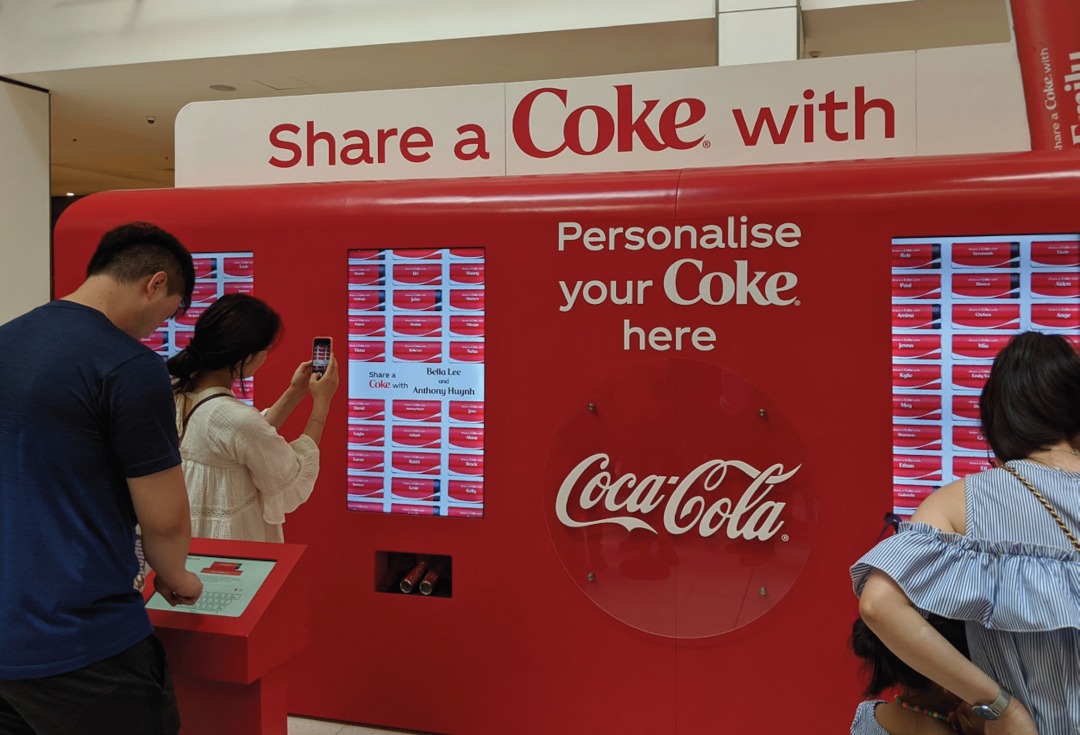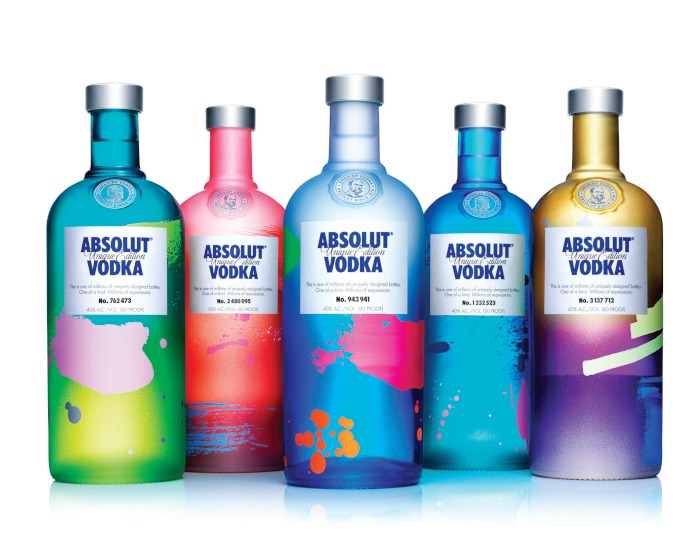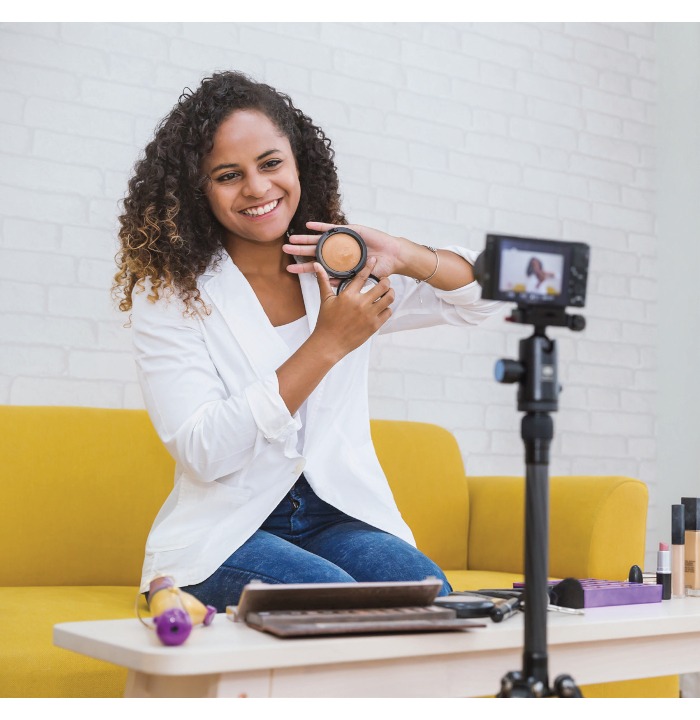The use of packaging as a marketing tool is on the rise, allowing brands to leverage aspiration, raise their innovative perception and test new concepts without the cost of a full-scale launch. And it is a trend that does not seem to be abating any time soon. Greg Bentley, director of packaging innovations at AB InBev, describes the smartest brand marketing around, and explains how social media exposure is leading packaging innovation.

Over the last ten years, there has been a significant rise in the use, by brands, of packaging to excite the consumer through innovative and novel solutions. For many years, I have categorised packaging promotions or activations into ‘viral’, ‘experiential’ and ‘mass’. Viral activations are created to share on social media – normally via Vimeo and YouTube videos. The volumes needed for these activations can be from one item to a hundred units, and they don’t even really need to function. The value of these activations and promotions tends to be around brand building, cementing the brand as a pioneer or supporter of a cause, or to test consumer response to a new packaging technology. The second category is experiential. These are small pilot launches of real products but often within a selected geography, as prizes, for distribution to influencers or at a private event. Most of the media earned through this type of campaign will be through user-generated content, such as unboxing videos or photos shared on social media.

These are used to test the technology as well as the relevance and acceptance of a concept with real consumers. The volume for this type of activation can be from 100 to a few tens of thousands. Experiential activations are a great glimpse into the future as they tend to feature technologies that are currently too expensive for a mass roll-out, but that are in the early test-and-prove phase. Most packaging launches fall into the final category: the mass roll-out. These tend not to be in video form but can also create consumer-generated media – known as ‘earned media’ – and can be very valuable for a brand, and increase ‘brand love’. What is key to all of the promotions, activations and innovations that fit into this structure is that they help elevate the role of packaging, bring additional consumer benefits and stretch what we see as the role of consumer packaging. What follows are a great few examples of each of those categories.
Viral success
Coca-Cola has long earned its stripes as a brand that successfully utilises packaging innovation. For example, at first, its ‘bow label’ looked readily designed for supermarket shelves, but on closer inspection, were hand-made and hand-applied labels. The initial viral video of the label prompted a full global project and resulted in a mass launch, which continues to galvanise consumers in Japan and other markets today. In 2017, the Coca-Cola LED bottle was created to test the technical integrations of organic light-emitting diodes (OLED’s) into a label. A campaign that started as ‘viral’ grew into an ‘experiential’ activation in the following years, after significant supplier demand. By the end of 2019, LED bottles were given as internal employee gifts and influencer packs, sponsored by Star Wars.
While Coca-Cola are masters of using label innovation to market their products, Beck’s German pilsner beer bottles are not far behind. It uses communication channels to effectively inspire consumers, test concepts and increase the innovative and creative perception of the brand. The Beck’s ‘Edison bottle’ was a one-off bottle that was created to double up as a cylinder record capable of playing music.
The bottle was never sold and was only ever intended to be used as a promotional video to help connect the brand with authentic music. Some other activations worth looking at are: message bottle (Coca-Cola), tattoo can (Coca-Cola), freshers joining because of Coke (Coca-Cola), sharing can (Coca-Cola), Scratchbottle Limited Edition (Beck’s), CapCam (Beck’s) and No Labels This Ramadan (Coca-Cola). I have always loved seeing the creativity of brands and creative agencies, but I am less comfortable if this type of marketing is used to deliver a perception that a brand is doing something within the environmental space that isn’t true. Consumers will get wise to this, and push back against brands that pretend to do things they’re really not. For the rest, it’s harmless for the consumer and gives the brands a great tool for testing innovation.
The product as an experience
For the ‘experiential’ category, none beats the Heineken Ignite. It was a beer bottle that incorporated LEDs into its base, and flashed when in close proximity to other bottles. The idea was to celebrate the ‘cheers’ moment, and create some theatre and encourage the social aspects of drinking beer. Many people will be craving this social interaction right now – maybe this idea should be brought back when socialising fully returns again. The accompanying video was filmed at an internal event and never extended past a oneoff party (search for ‘Heineken Ignite’ on YouTube). The story for light-up bottles does not end with this activation, though, as OLEDs and interactive LEDs within packaging continue to expand.
In 2018, Budweiser used the atmosphere in the stadiums at the Fifa World Cup to activate a number of flashing LEDs hidden in the base of the plastic beer cups; the louder the volume, the more intense the flashing. This Budweiser activation was only used at the World Cup, but in huge volumes – thus making it a ‘mass’ scale activation.

Malibu launched a promotional bottle in 2016 where a near-field communication (NFC) chip was first used to connect the consumer with the brand through their mobile device and the bottle. This was the first of many to test NFC technology, led by the internet of things agency Sharpend. Sharpend is at the cutting edge of the emerging world of connected packaging, and is an expert at bringing the future of packaging to contemporary reality. Strongbow StartCap, also from the Heineken group, is a bottle that acts as a switch, bringing the party to life when a Strongbow is opened. Each bottle features a radio-frequency identification tag in the tamper label over the crown. Breaking the circuit triggers a physical activity within the party, such as a party popper, music or lighting display.
Again, this was used for an internal event, and was aimed at creating some buzz and to bring connected packaging to life in a meaningful way. Miller Lite Cantroller was a recent ‘experiential’ activation where a number of real beer cans were given a makeover to turn them into fully functioning games console controllers.
Only a couple of hundred of these were produced, and were given away to competition winners and social media influencers. The Unit 9 team in London were behind this, and did a wonderful job. What I really like about this example is the number of free media impressions it generated. Looking on YouTube, there are a huge number of videos, almost all produced by influencers and independent media agencies – not just by the brand. Another example is the Coca- Cola Ice bottle, which was a packaging-free concept tested at an event on a beach in South America. The famous Coca-Cola Contour bottle was made entirely from ice. Meanwhile, Fanta launched a special closure that featured a small LED, and allowed consumers to use their bottle for light writing, a short-lived social media trend that leveraged a slow shutter speed photo in a dark environment. This item was given away within a multipack to help absorb the additional cost.
Large-scale activations
In the ‘mass’ type, the Turbo Tango comes to mind. It was an aerosol beverage that delivered a foaming stream of orange Tango, capable of being propelled up to 2m. This was launched a couple of times in the UK, much to the delight of children, although I’m not sure how much was actually drunk versus being sprayed at school friends.
For each bottle of Medea Vodka, a digital LED display is featured, which could be controlled remotely from a phone via Bluetooth – a truly interactive label solution. But again, the Coca-Cola Bow label is my personal favourite. It started as a viral video and passed through ‘experiential’ in the form of employee Christmas gifts, and finally on to ‘mass’, where upwards of 100 million labels are produced, launched and enjoyed by consumers in Japan each year. Back in 2012, the creative team at Absolut and their glass bottle supplier made history when they launched 4 million unique bottles – the Absolut Unique Edition. Each was numbered and featured a decoration that was a blend of spray and paint applied using a purpose-built decoration line where colours and patterns were constantly changing. I still have one of these original bottles, and it will be a desperate day if I ever have to open it.
That is a whistle-stop tour of ‘viral’, ‘experiential’ and ‘mass’. In the world of ‘always on’ social media, the forward-thinking brands are taking advantage of the removal of geographic boundaries within the digital world to reach millions of consumers, excite them and drive aspiration for their brands through small-scale packaging campaigns. And it’s working, so don’t expect this form of marketing to be going away soon.
